The military service of two First Nations World War II soldiers, long overlooked by history, is celebrated annually on an outback pilgrimage by an Aussie music legend.
Members of Aboriginal communities are warned that this story contains images and names of deceased people.
John Paul Young leans into the microphone to sing, just as he’s done thousands of times before. The Australian music icon, known simply as JPY, is a king of the stage – a position he’s held for half a century. But on this August day, his auditorium is one without walls. He stands in the shade of a solitary gum tree, his shoes beating time in the dust. Behind him, the flat, burnished land stretches on, punctuated by a sprinkling of trees.
This time JPY’s audience is small compared with what he’s used to, perhaps fewer than 100. But these people have travelled from far and wide to be here, to sit on the ground or stand quietly in a community reserve on the edge of a town called Goodooga, in north-western New South Wales, not far from the Queensland border.
John’s long-time musical director and close friend, Warren ‘Pig’ Morgan, begins playing a portable electronic keyboard, and JPY’s soulful tenor blooms. He’s not singing “Yesterday’s Hero”, or his international smash “Love Is in the Air” – but a song called “The Coloured Digger”.
“He proved he’s still a warrior,” John hollers. “In action, not afraid.” In a way, both the soldier whose story is told in the song and his best friend are here.
John and Warren are performing before a war memorial. Here, on blocks of granite, in a shape reminiscent of a boomerang, is a line of plaques. One reads that this memorial honours “all those Aboriginal and Torres Strait Islander men and women who, from all branches of the military, have served our nation at home and abroad. LEST WE FORGET”. The other plaques recognise local men who served, including two best friends from Goodooga, Harold West and George Leonard. Their plaque reads: “Brothers in childhood. Brothers in arms. Brothers beyond.”
Harold, a Murrawarri man, and Kamilaroi man George enlisted together during World War II. They were posted to the 2/1st Australian Infantry Battalion and, as privates, served together in the Middle East, Ceylon, and on the Kokoda Track in Papua New Guinea. They died during that ruthless jungle campaign in 1942, far from their homeland. Both men slipped into history, all but forgotten…except in Goodooga, especially on this day. With the help of a rock legend, Harold West and George Leonard are emerging from the past and being recognised – and not just in song.
John later notes that he wasn’t only singing for George and Harold, but to them. “I certainly feel like they’re there,” the singer says.
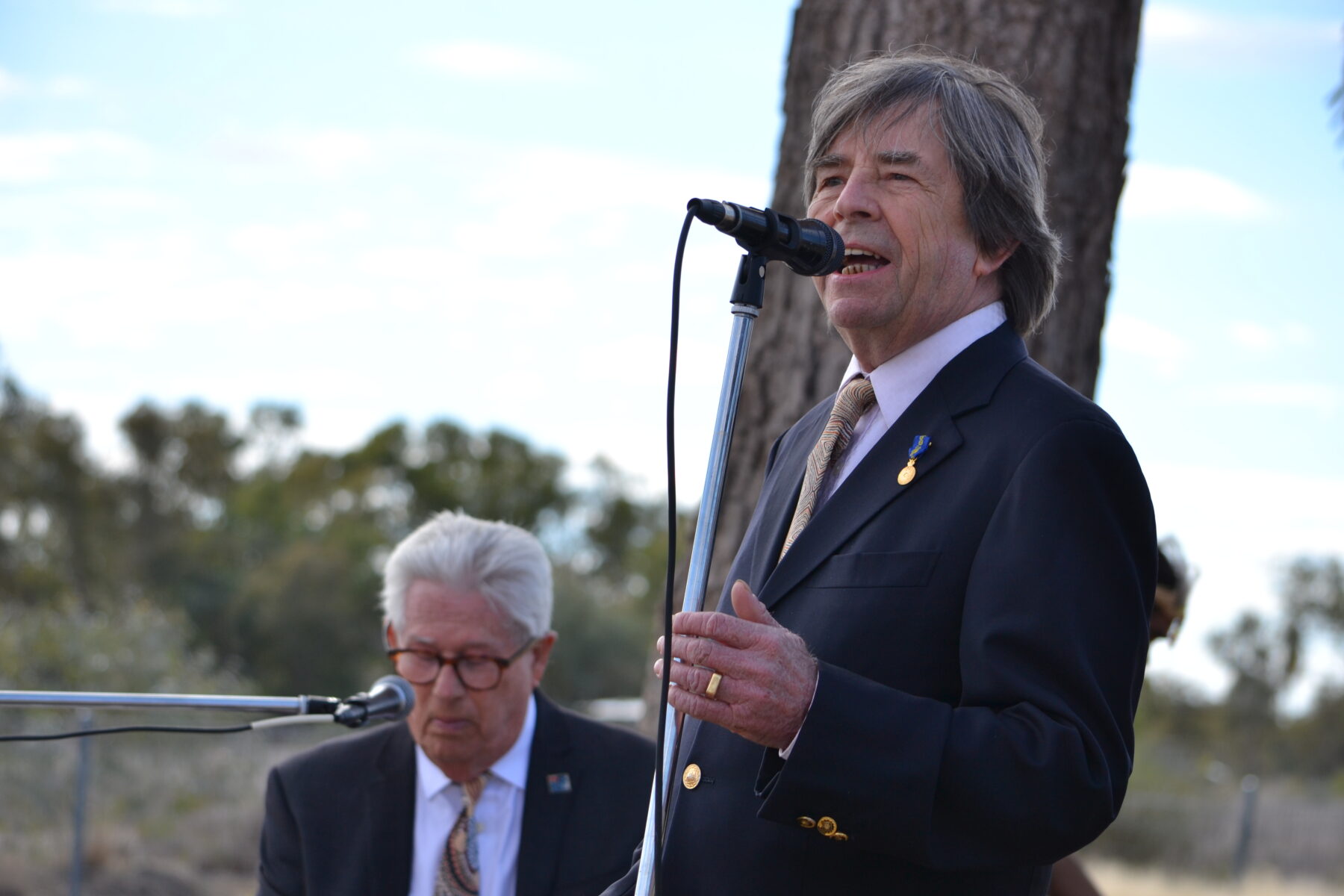
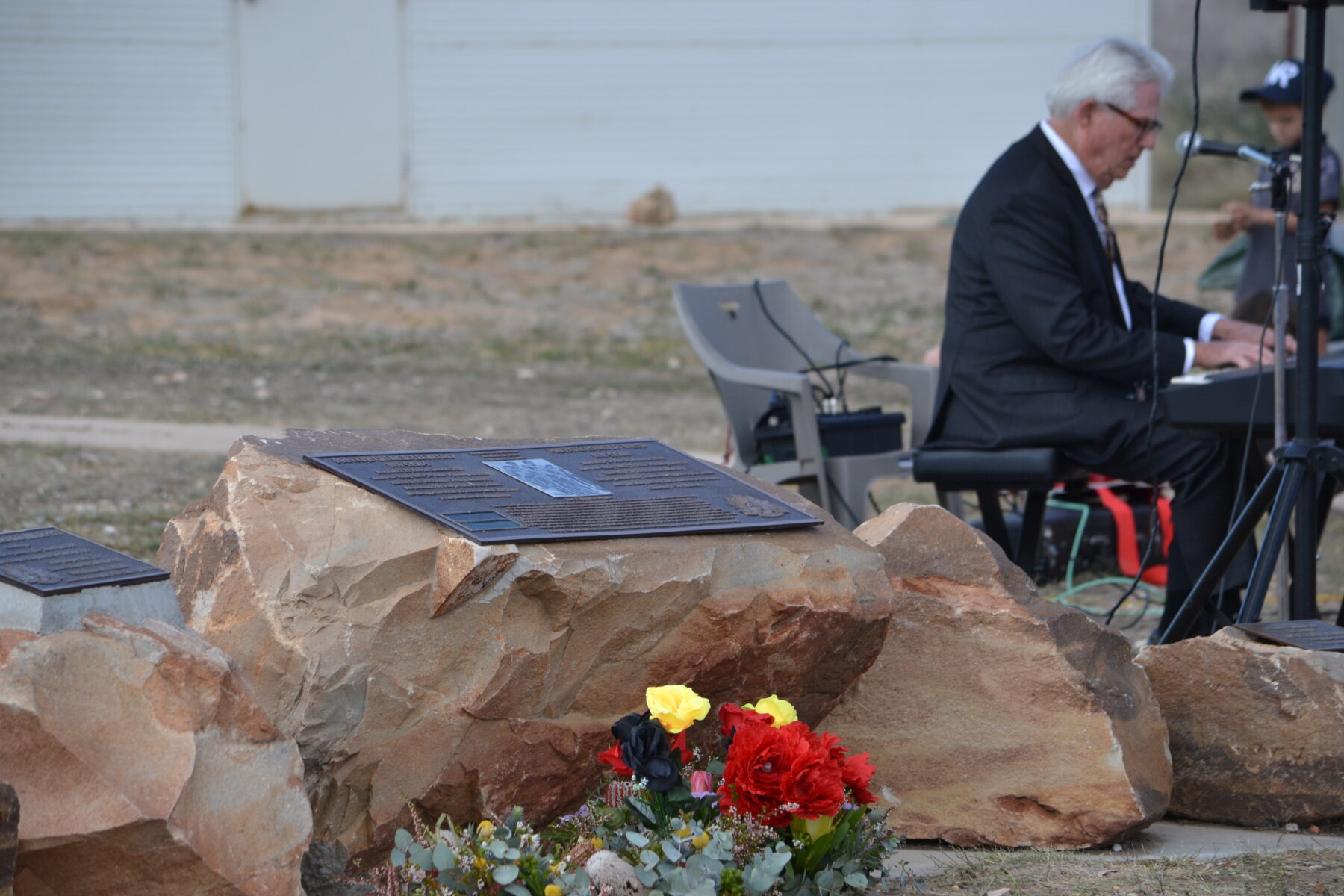
Goodooga is about 700km by road north-west of John Paul Young’s home on the NSW Central Coast.
The distance doesn’t perturb JPY and Warren. They’ve spent their professional lives on the road, touring. What’s more, John loves driving, especially on long road trips that take him into the heart of the nation. They set off with John’s son, Danny, and me, on the eight-hour drive to the north-western NSW community.
The craggy sandstone terrain of the Hunter Valley is left behind, as the journey takes us through towns with names that sound lyrical, like a song: Dunedoo, Gulargambone, and Coonamble. The earth flattens and the sky broadens, with the occasional bump of the Warrumbungles on the horizon. But even that range drifts away, leaving only vast plains. We gaze at distant trees shimmering and levitating in mirages.
“It’s just magnificent,” John murmurs, his tone honeyed with wonder, as though he’s 11 years old again, and stepping off the ship that brought him and his family from Glasgow to Australia to begin a new life.
“When I think of my early days in this country, coming from Britain, the obvious thought was, There’s no history in Australia, because you’d come from a place of an older civilisation. But then it slowly seeps in over time that there’s no older civilisation than the one that lives here. This country has so much history,” he says.
We roll into Walgett and pass a water tower decorated with a mural of the groundbreaking Yorta Yorta singer Jimmy Little. John nods in respect, silently honouring a fellow musician.
The next morning we still have 90 minutes driving ahead. We pass the turn to Lightning Ridge, before heading off the Castlereagh Highway onto a road slicing through sparse country. Finally we reach Goodooga.
Never mind the distance. The journey that connects JPY and Warren to this township of about 250 inhabitants, and to the story of two of its lost sons, is much longer.
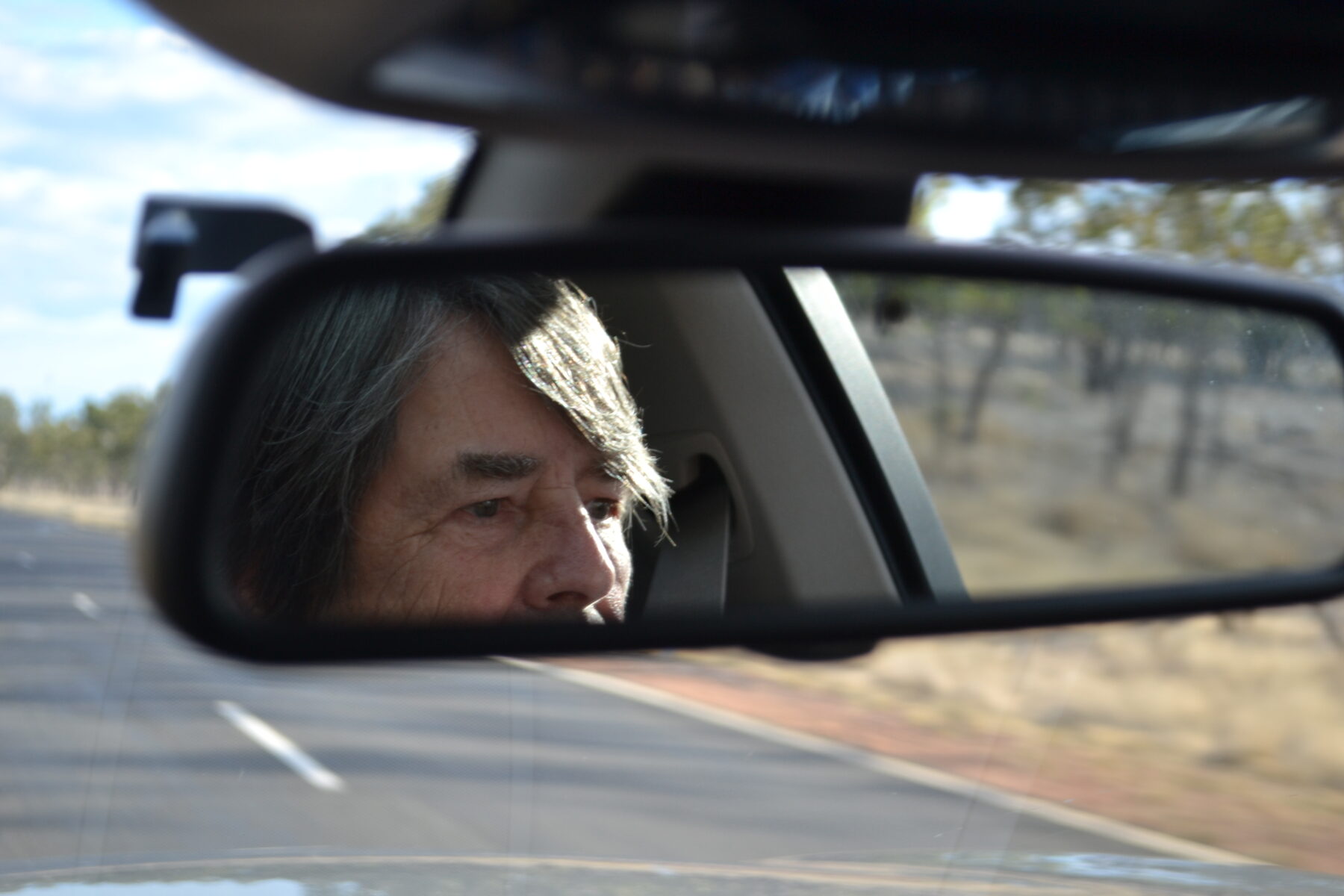
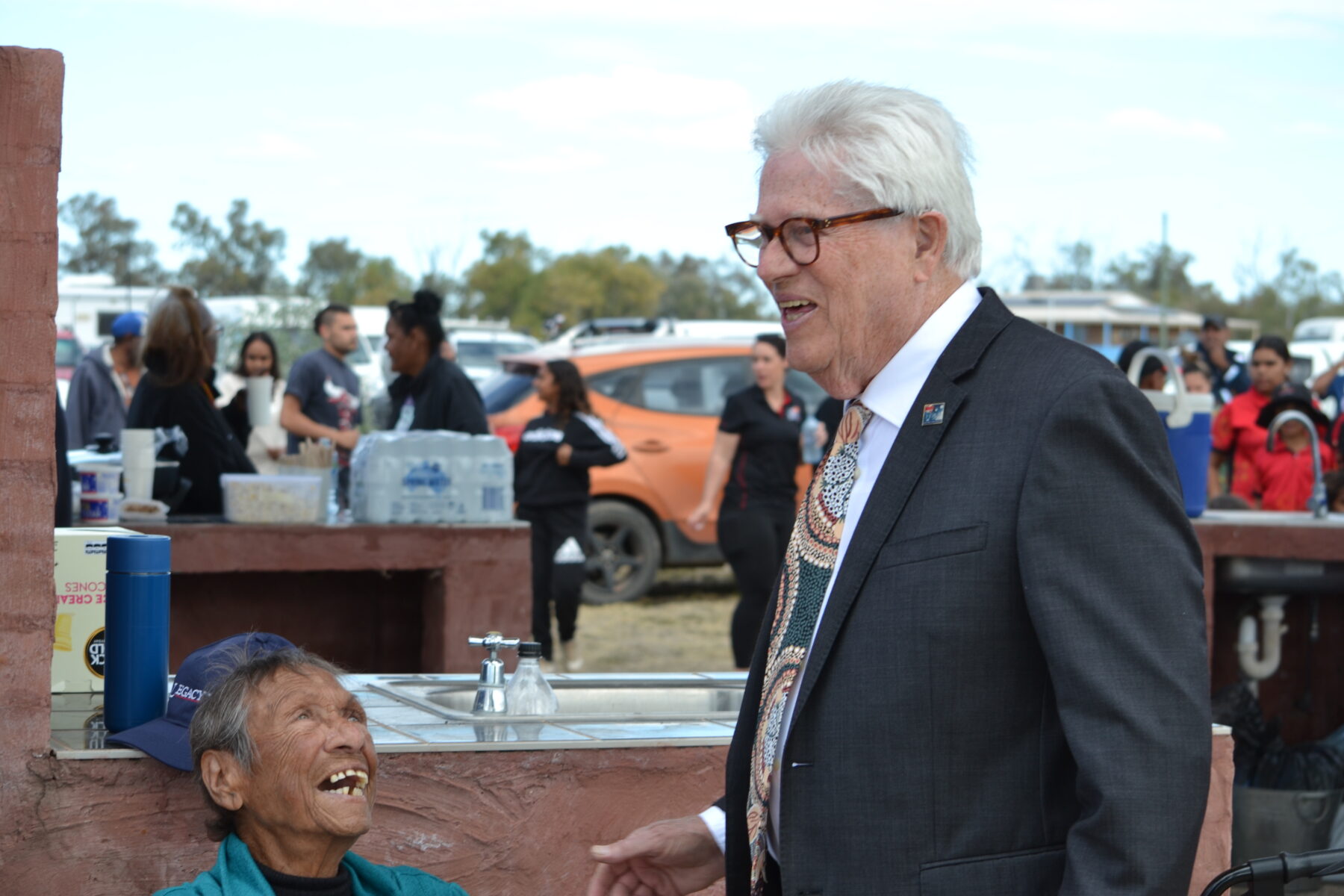
In 2006 Warren attended an Anzac Day service in Redfern, Sydney, held to honour Aboriginal servicemen and women, and he heard a poem, “The Coloured Digger”. It was written by WWII serviceman Bert Beros, inspired by the bravery of a soldier he fought alongside. That soldier was Harold West.
“I just thought “The Coloured Digger” was one of the greatest salutes to a soldier I’d ever heard,” Warren recalls. The poem’s final stanzas were also a searing critique of how many non-Indigenous Australians treated First Nations people, particularly when they returned home after serving their country.
Galvanised by the poem, Warren set the words to music and performed it at the service the following year. But he wanted to do more than sing about Harold West, particularly when he read a memoir by WWII veteran Don Johnson, who’d served with both Harold and George on the Kokoda Track. The memoir recounted how the two soldiers from Goodooga were master bushmen, possessing skills that were invaluable in the jungle.
George was killed in action on 23 October 1942. Grieving the loss of his best friend, Harold snuck behind enemy lines with a sugar bag filled with grenades to avenge George’s death. Harold broke his leg, was hospitalised, and died of scrub typhus barely a month after George. Both men were aged 31.
Warren dubbed Harold “the ghost of Kokoda” because of the soldier’s stealth. And, as Don Johnson wrote, there was no-one better at jungle warfare.
“This guy was an incredible soldier, highly skilled, and no-one knows anything about him,” Warren says. “It’s embarrassing.” Warren resolved to take his song to the descendants of Harold and George and play it for them on Country. He wanted them to know he appreciated what their ancestors had done.
A mate of Warren’s heard about his plan. Brian ‘Bear’ Mooney was a retired police detective and Vietnam veteran in Newcastle who knew all too well the pain of being ignored and shunned after serving his country. He was once refused entry to an RSL club while wearing his uniform. Brian told Warren he’d go with him.
So Bear and Pig ventured to outback NSW in 2014 and, by the light of a campfire in a tiny place called Weilmoringle, Warren played “The Coloured Digger”. In the small audience was Goodooga community leader and Murrawarri woman Phyllis Cubby, who is Harold West’s niece. Astounded that these two men from the coast knew stories about her uncle’s service that she didn’t know, Phyllis invited the pair to visit Goodooga the following day, and play the song there.
In the soil on the edge of town, Warren’s music and Bert Beros’s words took root, and an idea grew and flourished: to build a memorial to Harold West and George Leonard, and to all First Nations men and women who had done their bit.
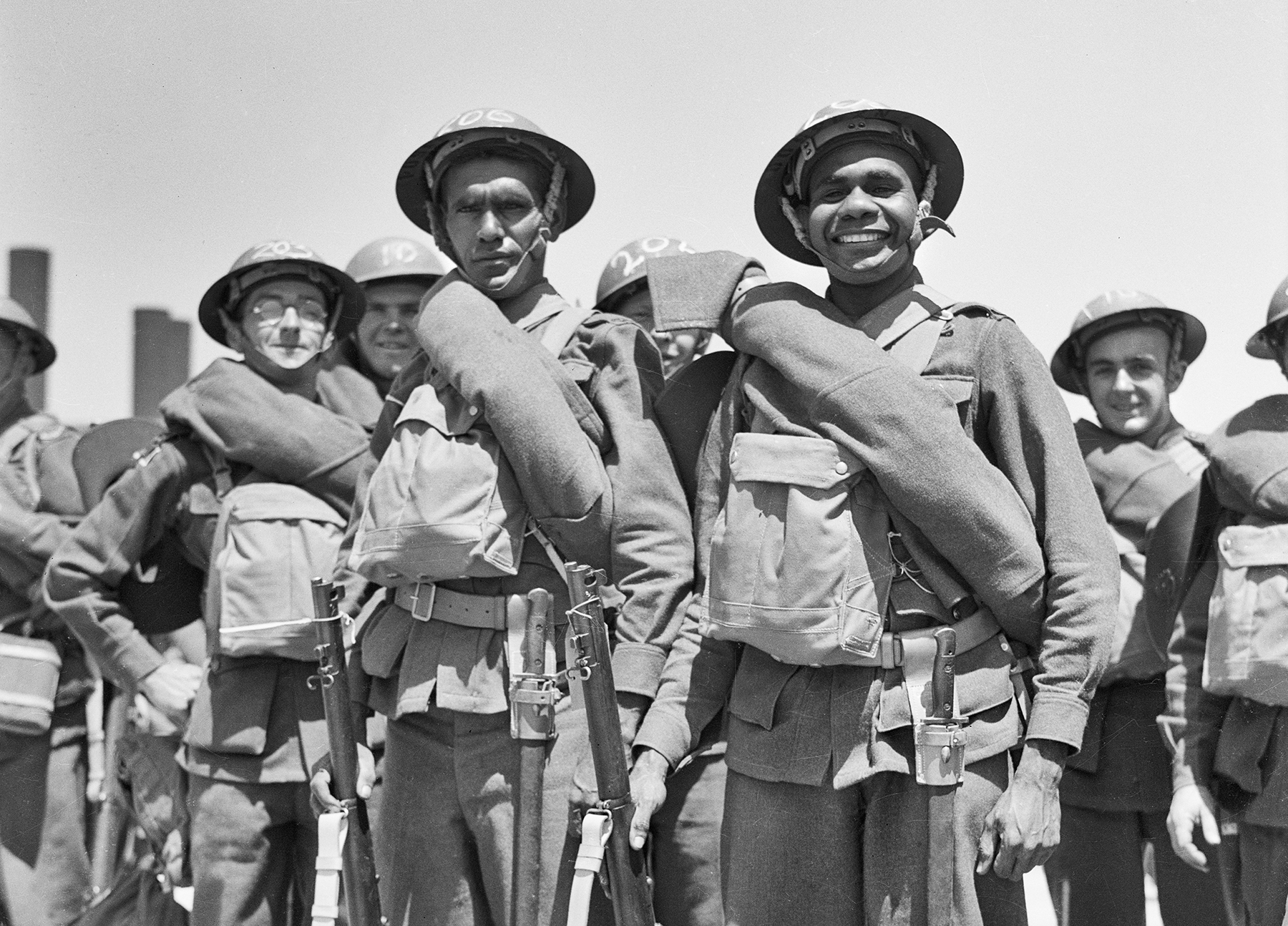
With the help of the local council, donations from Warren and his friends, and the support of the community, the memorial took shape in Tin Camp Reserve. This was where Warren had played his song. For generations, families – including that of Harold West – had built their homes and lives around the reserve. It now serves as a gathering place, so the memory of Harold and George lies in the heart of the community’s cultural and social life.
Phyllis proposed that an annual commemorative service, called the Goodooga Kokoda Trail Remembrance Day, be held at the memorial. She and Warren reckoned the service should be held in August, before the heat of summer descended – and so the decision was made. The first service was to be held in 2018.
Word was spreading about the Goodooga diggers. Warren had been talking about them and their story with JPY. “I was immensely interested in it because I was all too aware of the bad deal Indigenous soldiers got,” John says. “They were happily used by the country, and happily ignored when the war was over.
“These two guys had volunteered to go into the army, even though, according to the law, they didn’t exist. So for these guys to join up and go and fight for their country – it just blew my mind that they would do this with such verve and such determination.”
When Warren asked John if he would sing “The Coloured Digger” at the inaugural service in Goodooga, John grasped the opportunity. “I thought, I really want to do this. I want to go out there, and I want to meet these people, and I want to basically say thank you,” John says.
So began Warren and John’s annual road trip.
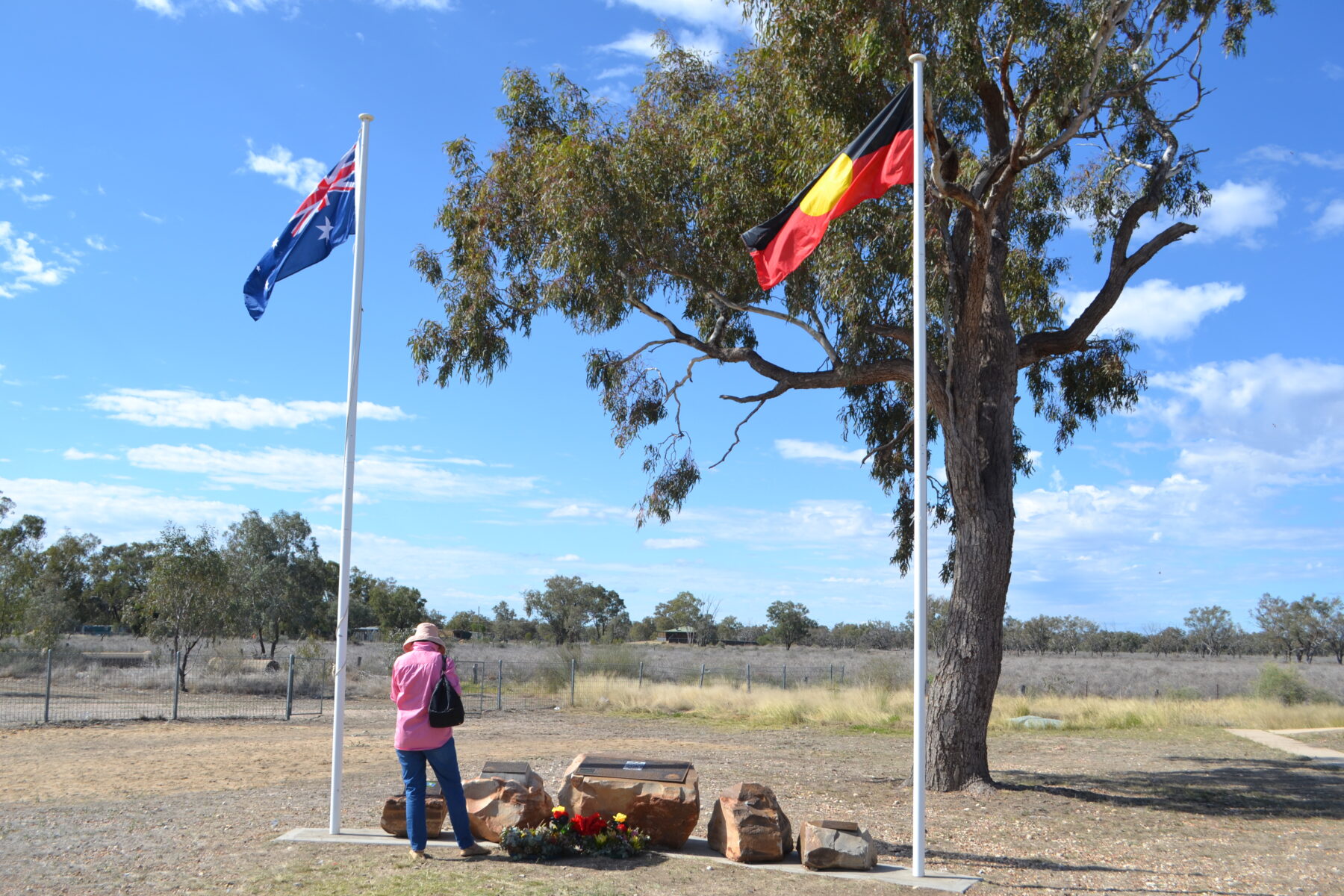
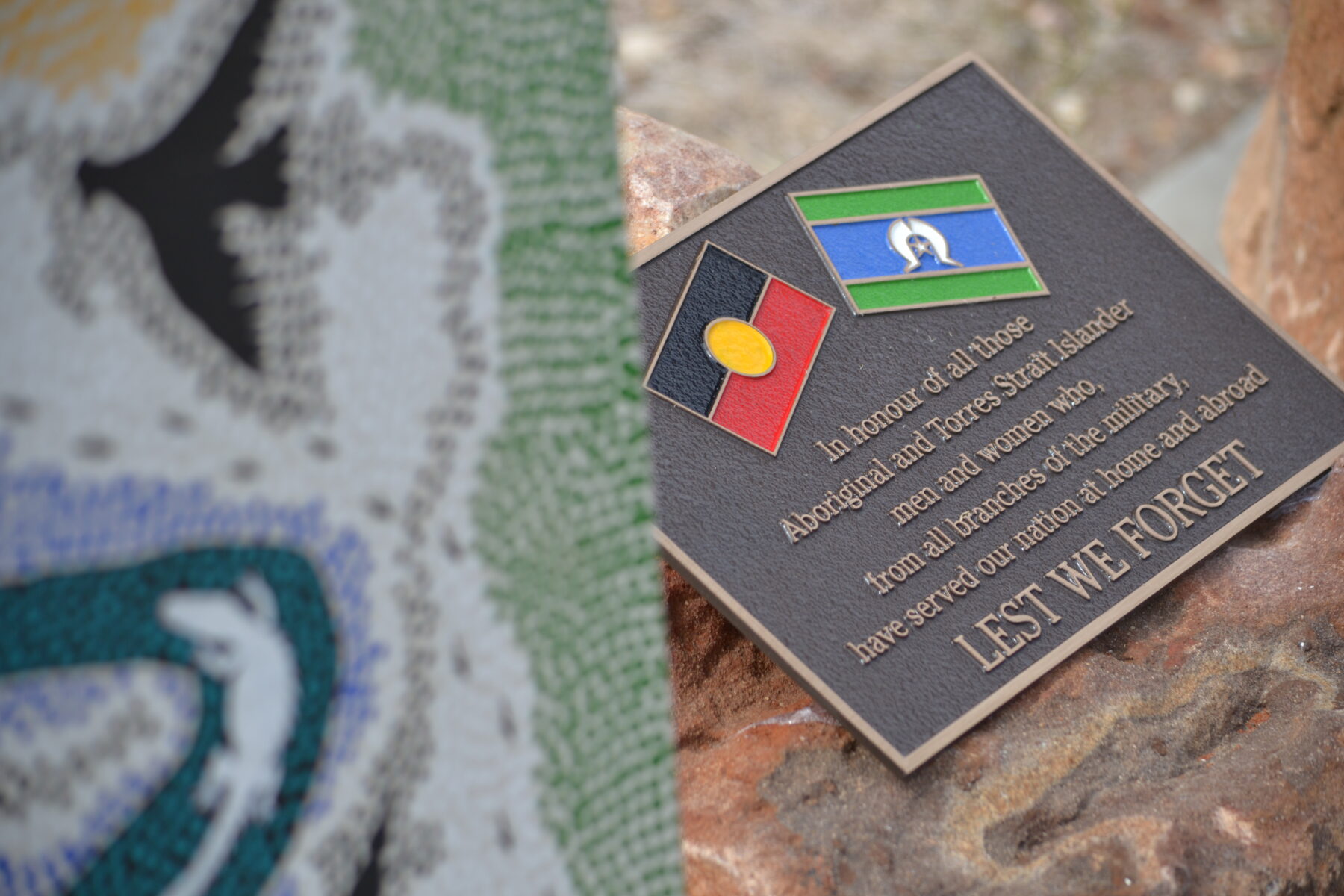
“I hope I don’t get lost,” JPY says, peering through the windscreen as he passes the Goodooga sign. He scans the spare grid of streets that are sprinkled with houses and a few businesses.
The town is quiet, almost somnolent, with only a few people walking along the dirt fringes of the road. The vibrancy is to be found on the edge of town, which we reach after a couple of minutes driving.
To the right are artesian springs, the hot mineral waters a drawcard for grey nomads, and there is a cluster of camping vans within ambling distance of the attraction. We turn left, heading out to Tin Camp Reserve. “I feel a little bit more at home out here now, because I know a lot of people, and it’s going to be good to see them,” John says.
Danny helps the two musicians set up at the foot of the big gum tree. John and Warren stop frequently to greet people arriving for the service. For the pair, this is not only an annual pilgrimage – it’s a reunion with friends.
Among those embracing the musicians is Doris Shillingsworth, a descendant of Harold West, who’s travelled from Dubbo. “It’s more than worth it,” Doris says, about undertaking the four-hour drive to be here. “It’s very emotional to me. His [Harold West’s] three sisters actually delivered me in a tin shack on the riverbank at Brewarrina. I’ve got a very strong connection to him and his sisters.”
The guttural growl of motorcycles announces the arrival of five veterans, some who’ve ridden from as far as Goulburn in southern NSW. One of the riders, Rod Wicks, from Cessnock in the Hunter Valley, offers a simple explanation as to why has he has come so far. “Recognise a digger, wherever they are,” he says.
Fellow rider Kate Ponto explains that this is her first time to Goodooga. Having served almost a quarter of a century in the army, she’s come here to honour fellow veterans – but the presence of a rock star is an attraction as well, as it is for many of the grey nomads. “I said, ‘JPY! Really? He’s coming?’” Kate says.
The service begins with a traditional smoking ceremony. Tendrils of eucalypt-scented smoke drift from the dry earth towards the heavens. Local school students perform welcome dances, and veterans, including Kate, are invited to raise both the Aboriginal and Australian flags at the memorial. “It was nice to raise the Aboriginal flag,” Kate says. “I felt proud to do that.”
John and Warren perform “The Coloured Digger”, with JPY’s voice carrying the lyrics, reverberating in the late-winter air.
Retired soldier, Bundjalung man and Torres Strait Island descendant Colin Watego tells the gathering about “the warrior spirit”, as embodied by those who have served in the forces. “It’s all about protection – that’s what warrior spirit’s about – and there’s a big price sometimes that some people pay, like our uncles, and our aunties as well,” he says.
Pam Bellhouse has travelled from Mudgee with husband Chris as representatives of an organisation called Quilts of Valour Australia. The couple provide material recognition, meticulously crafted, of the military service of Harold West and George Leonard by presenting two quilts that have been made, as Pam explains, “with love and gratitude by quilters all over Australia”.
The quilts are presented to Doris Shillingsworth, representing the descendants of Harold, and a granddaughter of George, Isabelle Orcher. The women wrap themselves in the quilts and hug each other tightly.
For Isabelle, the quilt is threaded with memories of the stories her grandmother told about ‘Pop’ and his military service. “We used to sit around the fire at night, after having a feed, and we’d ask about Grandfather or any of the other old men who went over to the war, and she’d tell us about them,” she says.
When asked what this day means to her, Isabelle smiles and replies, “Everything. It makes me so proud, knowing that that was my Pop and his friend who went over and represented all of us, which, through my eyes, is awesome.”
And what does she think her Pop would say about all these people here, recognising him and his best mate? “‘I don’t know why you’re making such a fuss!’” she says.
In her speech, Phyllis explains why this day is so important. “When we went to school,” she tells the gathering, “we didn’t know our Aboriginal people went to fight for us. But now we know. And that’s why this day is such an honour for me.”
After the ceremony, she’s beaming.
“It makes me feel so proud that people are getting to learn about the part our Aboriginal people played in the country,” Phyllis says. “Making people aware – that’s what I want to do.”
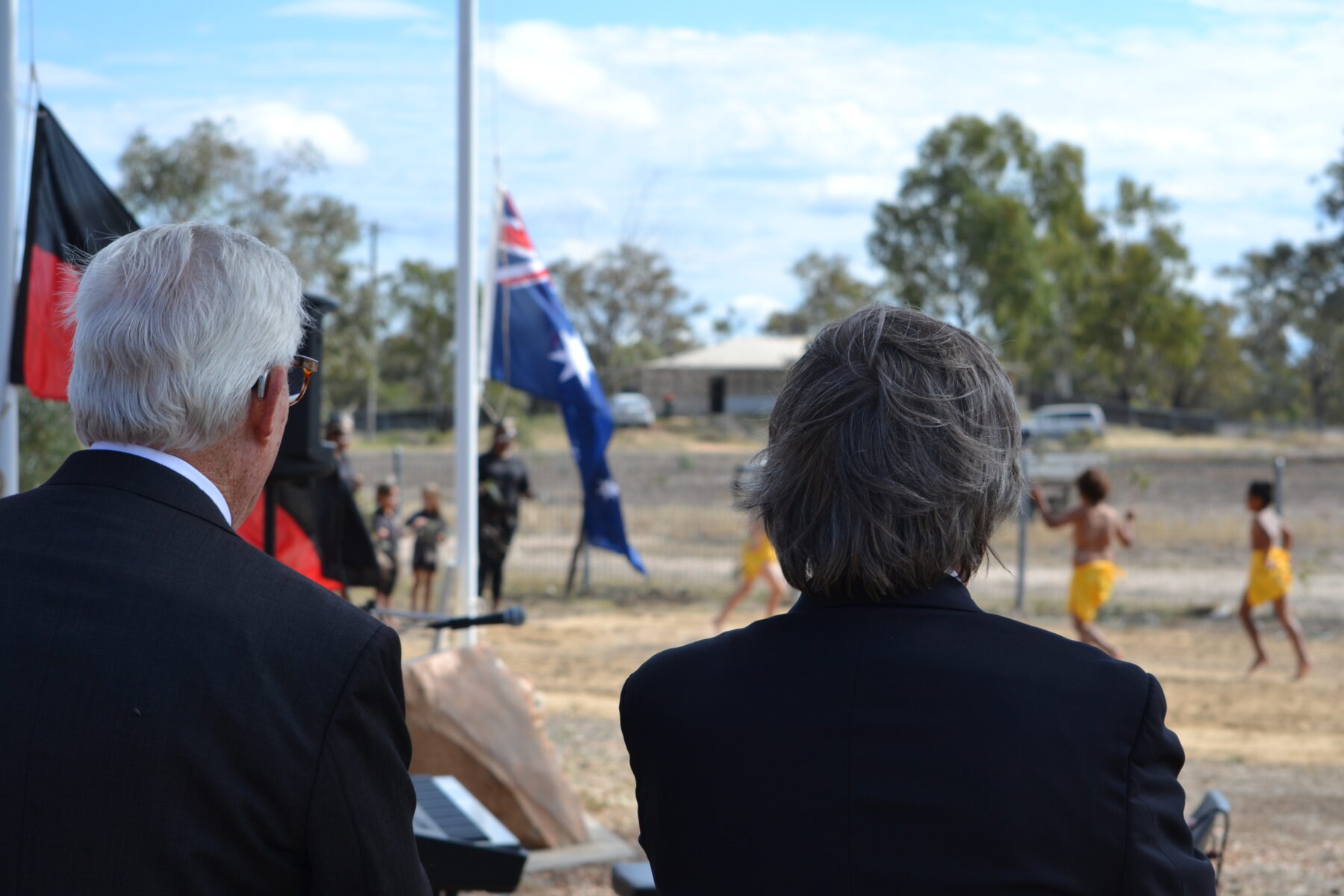
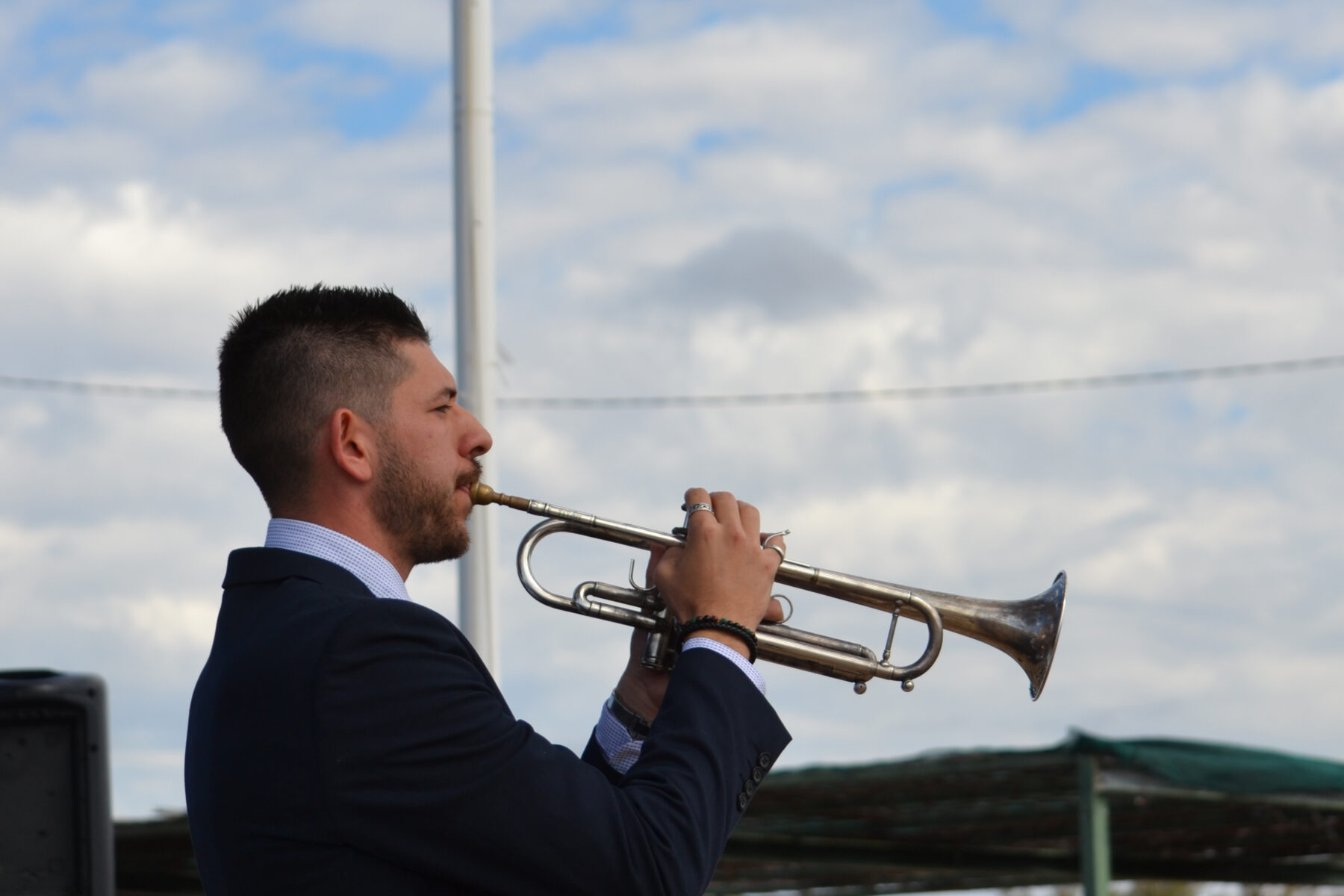
A lunch is provided by the community and then John and Warren play a few hits, including, appropriately, “Love Is in the Air”. A group dances, kicking up the dirt, celebrating life. Nearby, a few people stand before the memorial, heads bowed in reverence, reading plaques, honouring lives.
Phyllis smiles as she listens to the music. “I do appreciate what John and Warren do, especially for our little community,” she says. “To think John’s been everywhere, a big celebrity and all that, and yet he’s down to earth. He’s just one of those people, kind, who want to do things for people. And you appreciate those sorts of people.”
Yet as far as JPY is concerned, he certainly isn’t the main attraction here. It is the ceremony itself, as well as the significance of it, that deserve star billing. “We didn’t start it – Harold and George started it,” he says.
Just as this August road trip to Goodooga has become part of John and Warren’s ritual, they believe it will become so for more and more Australians.
“It’s kind of ‘Build it and they will come’,” John says.
“It’s ‘Have a go, ya mug!’” Warren adds.
People begin to drift away and the dust settles. As the sun tilts towards the memorial, igniting the granite and the plaques, John and Warren prepare for the long drive home. But they are already dreaming of returning to the Goodooga community.
“That’s where the real reward is, coming out to these places, getting involved, letting them know they’re not alone, letting them know that their past – some parts of their past, anyway – haven’t been forgotten, and that it’s appreciated,” says John. “That’s what it’s all about. Show people that you care.”
The next Goodooga Kokoda Trail Remembrance Day ceremony is set for 13 August 2024.




